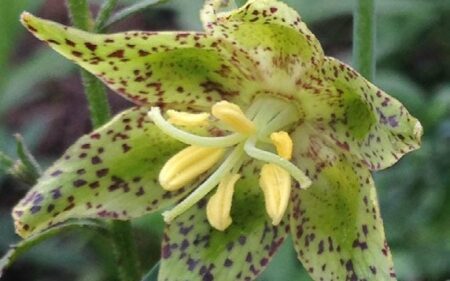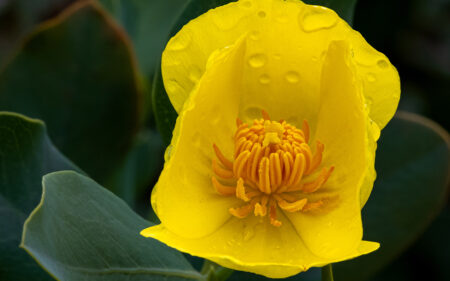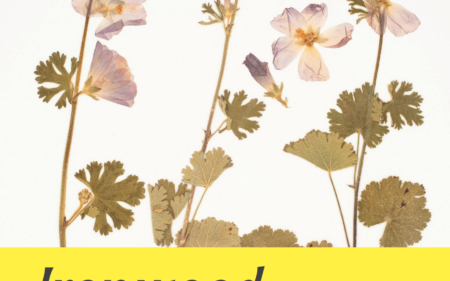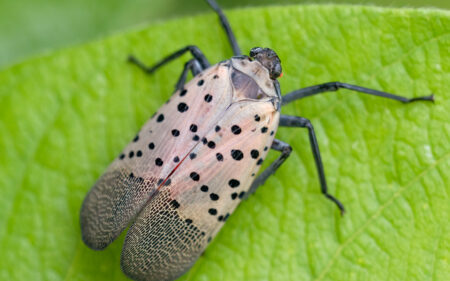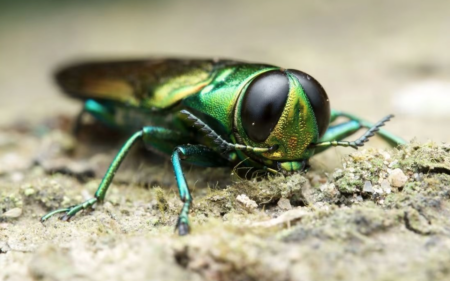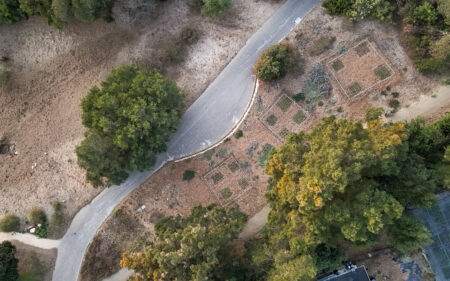Su jardín esta primavera
¡Por fin! ¡Una temporada de lluvias adecuadas! ¿Cuándo pensamos que podríamos volver a decir eso? A pesar del prolongado déficit en nuestros embalses y en las capas más profundas de nuestros suelos, las lluvias del invierno nos han proporcionado por fin el verde intenso y aterciopelado que tanto esperábamos y deseábamos. Las plantas autóctonas son expertas en utilizar rápidamente la humedad de los primeros centímetros del suelo y la explosión de crecimiento que vemos a nuestro alrededor, tanto en nuestros jardines como en las zonas recientemente quemadas, es el resultado final de esa rápida absorción.
Mientras que en otras zonas del país la temporada de primavera señala el comienzo de la plantación, en California la plantación debería estar terminando. Aunque las temperaturas están subiendo y es más cómodo estar trabajando en el jardín, tradicionalmente abril es el mes en el que se termina la plantación de la temporada. El mes de mayo sólo trae temperaturas más cálidas (en un año normal) y nada de agua adicional. Así que los que aún estén planificando, deben saber
que tendrá que proporcionar toda el agua que esas plantas puedan necesitar durante el próximo y caluroso verano. No esperes que el pequeño cepellón que pusiste en la tierra en abril crezca mucho más durante el verano. Tu papel es mantener esas plantas vivas durante el calor hasta que puedan volver a disfrutar de suelos húmedos más adelante, en otoño, y puedan concederte el crecimiento vigoroso al que estamos acostumbrados en febrero y marzo.
Las temperaturas de la primavera y el comienzo del verano en California son lo suficientemente suaves como para que sea posible plantar, siempre y cuando el jardinero permanezca atento y receptivo durante los próximos seis u ocho meses. Hace tiempo que se aconseja centrarse en el material herbáceo a la hora de plantar tarde en lugar de los arbustos más grandes y leñosos. Las plantas menos leñosas, como las campanillas de coral (Heuchera), la fucsia de California (Epilobium), la margarita de playa (Erigeron) y la fresa de playa (Fragaria chiloensis) se establecerán rápidamente.









raíces mientras haya agua de riego disponible. Los arbustos más leñosos, como la manzanita (Arctostaphylos) y la lila de California (Ceanothus) son menos entusiastas a la hora de echar nuevas raíces a medida que aumentan las temperaturas diarias. Otras plantas leñosas que crecen activamente en primavera y verano, como el alforfón (Eriogonum), el snowberry (Symphoricarpos), el algodoncillo (Asclepias) o el girasol de cañón (Venegasia) también son más fáciles de conseguir cuando se plantan tarde. El acolchado, como forma de conservar el agua que le das a tus plantas, es imprescindible para la plantación tardía.

La poda es otra tarea fácil de realizar en estos meses de calor. La poda a finales del verano o principios del otoño suele ser más eficaz, ya que las hojas más pequeñas (o menos) en esa época del año hacen que la forma general de las plantas sea más evidente y que las opciones de poda sean más fáciles. Pero la poda puede realizarse en cualquier momento del año para la mayoría de las plantas nativas de California. La poda después del primer brote de nuevo crecimiento puede ser útil para muchas plantas, incluyendo la lila de California o el alforfón. Si la rama sigue desnuda en este momento del año, es el momento de dejarla ir. La poda de primavera es especialmente necesaria cuando se trata de domar el crecimiento de una planta grande en un espacio más pequeño, de formar una planta con una forma específica o de formarla en un espacio concreto, como en el caso de las espalderas o de limitar una enredadera a lo largo de una valla. Un axioma para toda poda en cualquier época del año es evitarla cuando la lluvia o el agua de riego puedan caer sobre los cortes frescos. Deje que los cortes se sequen al aire y no caiga en la tentación de pintar los cortes grandes con selladores, que suelen ser la causa de problemas, como las infecciones por hongos, que dicen prevenir.
La fertilización es una actividad muy comentada a principios de la primavera en el resto del país y mucho menos vital para los jardineros de California. Mientras que la mayor parte del resto del país tiene un ciclo de carbono rápido, con una rápida descomposición de la hojarasca, una abundancia de nutrientes disponibles y lluvias constantes para volver a extraerlos, California tiene un ciclo mucho más lento como resultado de nuestras lluvias escasas e inconsistentes. Nuestras plantas se han adaptado a un suministro de nutrientes mucho más modesto y son capaces de rendir bien a pesar de ello. Las plantas en el suelo no necesitan fertilizantes adicionales más allá de los suelos sanos y biológicamente activos. Sin embargo, todas las plantas nativas de California responden a los fertilizantes y el Jardín ha comenzado a utilizar un poco en el momento de la plantación para aumentar el rendimiento. Las plantas maduras no deberían necesitar más de una aplicación al año, si es que la necesitan. A finales del invierno o principios de la primavera, durante el crecimiento activo, es el mejor momento para ello. Las plantas en macetas necesitan más ayuda y suele ser necesario abonar dos veces al año (primavera y verano), o más a menudo a la mitad de la potencia.
Ahora que ha llegado el tiempo verdaderamente agradable, es el momento de terminar las últimas tareas previstas y luego disfrutar de la belleza que la naturaleza ha hecho en el bosque verde y dorado que nos rodea.
 Donar
Donar